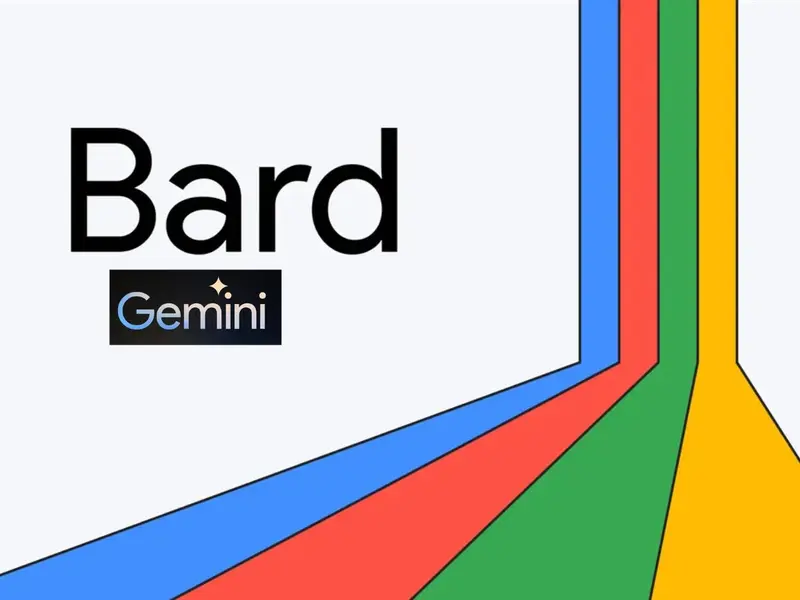- Google’s chatbot “Bard” now employs the global Gemini Pro model, supporting over 40 languages, and enhancing its conversational abilities.
- The recent updates include improved AI models, such as Gemini Ultra and Nano, contributing to better performance in understanding and generating content.
- Google expanded Bard’s functionalities, introducing image generation through Imagen 2, while implementing safety measures for teen users in November.
Google announced today that its “Bard” chatbot now adopts the Gemini Pro model globally, supporting over 40 languages, including Arabic, Chinese, Dutch, French, German, Hindi, Japanese, Portuguese, Spanish, Tamil, Telugu, and Malayalam.
In December, Google introduced new generative AI models, including the flagship Gemini Ultra, “lite” Gemini Pro, and Gemini Nano designed for devices like Pixel 8. Simultaneously, the company updated Bard’s English conversations with Gemini Pro. While Google didn’t quantify these improvements, it indicated better performance in understanding, summarisation, reasoning, brainstorming, writing, and planning for the chatbot.
Also read: Google Bard can now answer questions about YouTube videos
Bard keeps updating since its launch in February 2023
Bard has undergone several iterations. Initially unveiled in February 2023, it used LaMDA (Language Model for Dialogue Applications); later this year, it was updated with a new model called PaLM 2, and now, Bard supported by Gemini Pro will roll out in over 230 countries, confusing with its names and versions.
In September, Google introduced the “double-check” feature, using Google Search to assess whether the results align with Bard’s generated output. Initially available in English, Google is expanding support for over 40 languages.
Additionally, Google introduced image generation support through the Imagen 2 model released in December. Currently, this feature only supports English, allowing users to input queries like “create an image of a futuristic car” on the chatbot interface.
Google mentions that images generated by Bard will embed a SynthID digital watermark developed by DeepMind within Pixels. However, users must use Google’s tools to identify these images.
In October, Google infused Bard’s AI capabilities into Google Assistant, enabling users to perform tasks like planning trips or creating grocery lists. In November, Google opened up Bard to teenagers in English, with restrictions in place to prevent the generation of unsafe content, such as illegal or age-restricted material.

